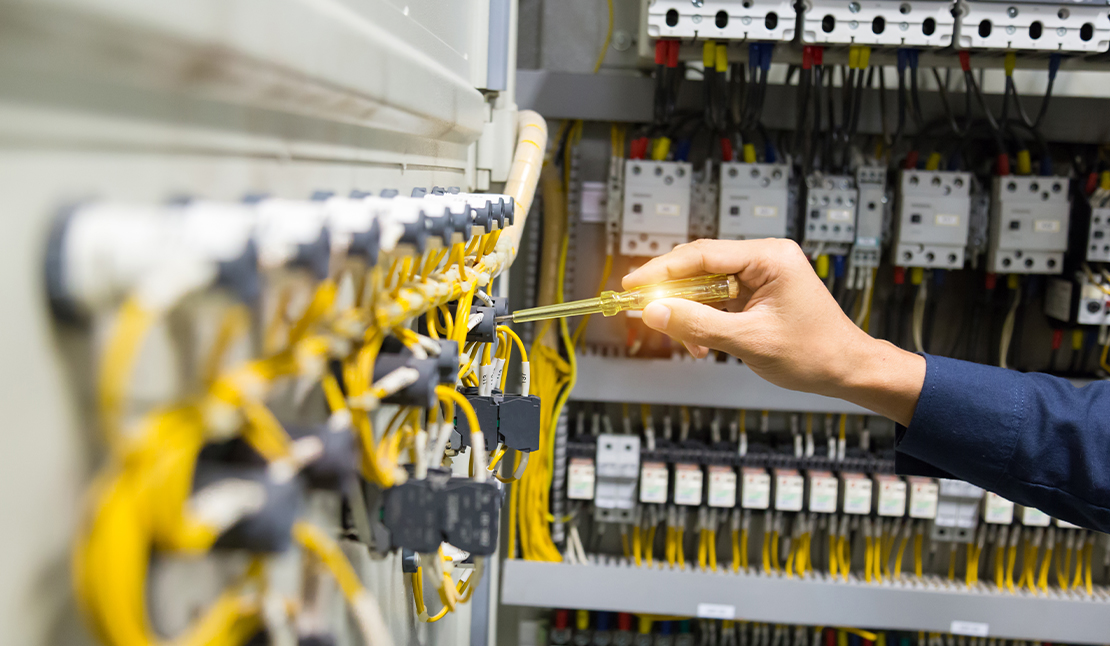
Over the years, our lives have become too dependent on electrical appliances. From mobile phones to coffee machines, microwave ovens, and ACs, we cannot live without appliances. These are all machines that lose their efficiency over time. Hence, regular checks are necessary to ensure they are safe to use. The most common way to do so is a PAT test. Read on to find out more in the ultimate guide to PAT testing.
Portable Appliance Testing (PAT) is a combination of visual and electrical tests done on appliances. These appliances are used in industrial, commercial, or public places. The test ensures the equipment is safe to use and pose no hazard for the users or others in the vicinity.
Laws governing electrical safety requirements in the UK do not specify any criteria about who can conduct a PAT test. They only state that anyone competent for the job can do the test. However, that person should have enough technical knowledge and experience.
As a guide to PAT testing, a reliable test operative should:
1) Know about different types of appliances. And the kind of testing they need.
2) Be familiar with various types of testing equipment.
3) Be able to identify likely problems on visual inspection.
4) Be able to judge the extent of mechanical, electrical, and thermal damage.
5) Have the technical knowledge. And have the expertise to prevent any mishaps during testing.
6) Be proficient at detailed record-keeping.
No guide to PAT testing mentions any clear definition of a portable appliance. For the sake of basic understanding, any electrical appliance that has a plug and connects to a socket is eligible for PAT testing. Such appliances are categorised as follows:
1) Adaptors used to increase the number of connection points.
2) Extension cords for supplying power to devices that have no sockets nearby.
3) Handheld equipment like irons, hair curlers, drilling machines, etc.
4) Portable appliances lighter than 18kg that can be moved during use. For example, kettles and electric radiators.
5) IT equipment like computers, printers, photocopiers, etc. found in most offices.
6) Static equipment without a handle and weighing over 18kg. For example, refrigerators and large TVs.
7) Fixed appliances secured in a specific spot like hand dryers and hot water boilers.
8) Built-in equipment fitted inside designated spaces, like dishwashers and ovens.
Every guide to PAT testing will tell you that the test has two main components: visual and electrical. During the visual test, the electrician reviews the appliance and checks for obvious damages. The electrical is more in-depth and has various sub-levels.
Here is a detailed explanation of how a PAT test is carried out:
When it is done properly, many potentially dangerous faults can be identified at this stage alone. A proper examination should be done by a competent person. As explained above and the findings must be recorded for reference. The surroundings and location of the appliance. Along with its condition and usage history are among the factors that need to be considered during a visual check.
Several types of electrical tests can be conducted depending on the type of appliance and its usage. Some of the common ones are:
a. Earth bond test to ensure there is a safety return path.
b. Insulation tests to check for space between conductors and conductive portions.
c. Differential leakage test to check for free current flowing to earth.
d. Load test to find out the amount of power consumed by an appliance when in use.
e. Flash tests are used to measure current leakage when an appliance is exposed to high voltages. Since this can be potentially destructive, it’s done only on repaired equipment.
At IPF Electrical we conduct PAT tests for all kinds of appliances and gadgets used in most homes, offices, and industries. If you think any of your devices need to be checked give us a call.
Our team of experienced electrical technicians is always ready to help you. Meanwhile, you can go through our ultimate guide to PAT testing to have an idea of the process of the PAT test.